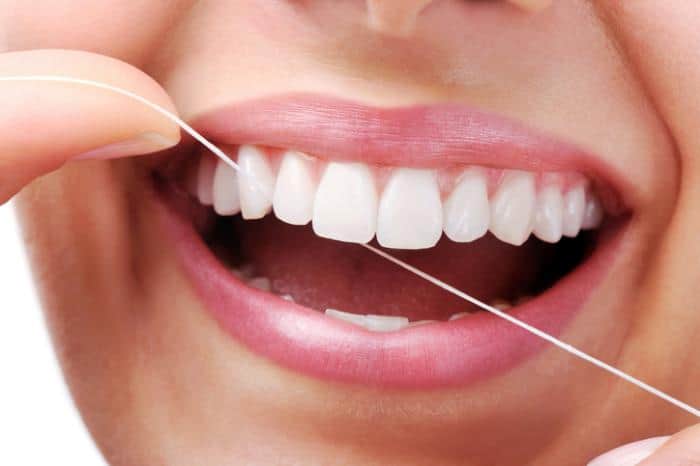The Ultimate Flossing Guide: Tips for Superior Dental Hygiene
What is flossing?
Flossing is a crucial step in dental hygiene that helps remove bacteria and particles that a toothbrush cannot reach. It typically involves using a thin synthetic cord that is inserted between two adjacent teeth and moved up and down to clean both sides.
Why is flossing important?
According to the American Dental Association (ADA), interdental cleaners like dental floss play a vital role in maintaining your teeth and gums. Plaque can accumulate in areas that are inaccessible to a toothbrush, leading to cavities or gum disease. Flossing effectively removes plaque between teeth, prevents oral diseases, and stimulates blood flow to the gums.
What are the flossing techniques?
Two popular flossing techniques are the "spool method" and the "loop method." The spool method is commonly used, especially for those without joint problems. However, the loop method is recommended for individuals with dexterity issues, arthritis, or other joint issues. Our dental team can teach you how to use dental floss properly and effectively. Please discuss with our team so we can help you out.
How to floss your teeth?
Take around 18 to 24 inches of dental floss. Wrap most of it around both of your middle fingers, leaving 1 to 2 inches of floss for your teeth. Pull the floss taut using your thumbs and index fingers. Gently insert the dental floss between your teeth, moving it up and down, and rub it on both surfaces of the teeth. Avoid snapping the floss into your gums to prevent injury. Curve the floss at the tooth base into a C shape as it reaches your gums, allowing it to clean between your gums and teeth. Repeat this process for each tooth, using a fresh section of floss.

Dr. Adatrow’s Flossing Tips
What kind of floss should I use?
Unwaxed dental floss has traditionally been regarded as the best because its individual floss filaments typically clean more effectively than waxed floss. However, the most important thing is to use the dental floss that works for you. It’s always better to floss than not to floss at all!
How can you learn about proper floss usage?
Flossing is technique-sensitive and should be done carefully until you get comfortable with it to avoid hurting your gums. Discuss with our dental team for a demo on proper floss usage.
How often should I floss my teeth?
The American Dental Association recommends flossing at least once a day.
Is flossing beneficial or detrimental for teeth?
Flossing significantly contributes to proper dental health by lifting and removing plaque and food from between your teeth. While brushing removes plaque and food particles, toothbrush bristles cannot reach deep enough between teeth. Therefore, flossing is essential to keep your mouth clean and healthy.
What will happen if I don’t floss?
If you neglect to floss, you increase your risk of developing gingivitis and tooth decay between teeth. Failing to remove plaque buildup can lead to serious dental diseases. The National Institutes of Health estimates there are about 700 types of bacteria in your mouth. Bacteria that irritate gum tissue can cause redness, inflammation, and bleeding, which promotes further bacterial growth.


